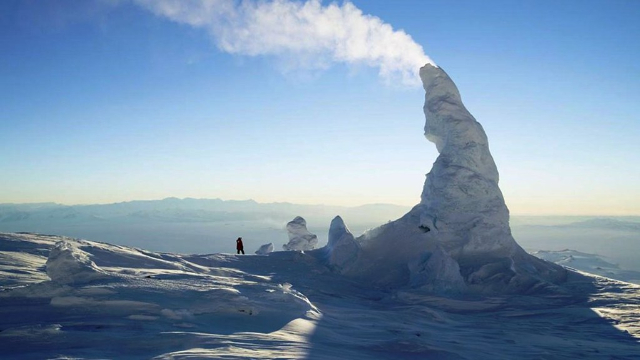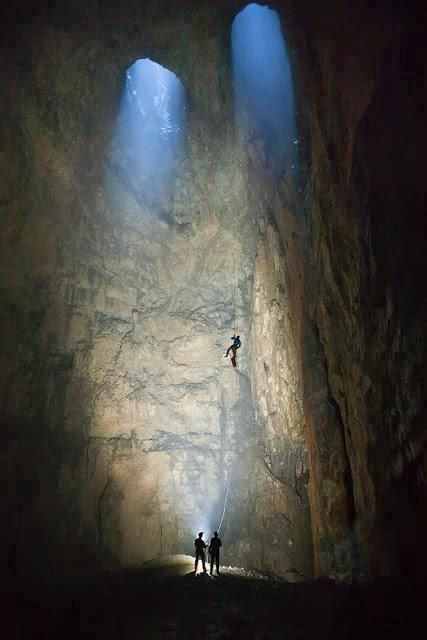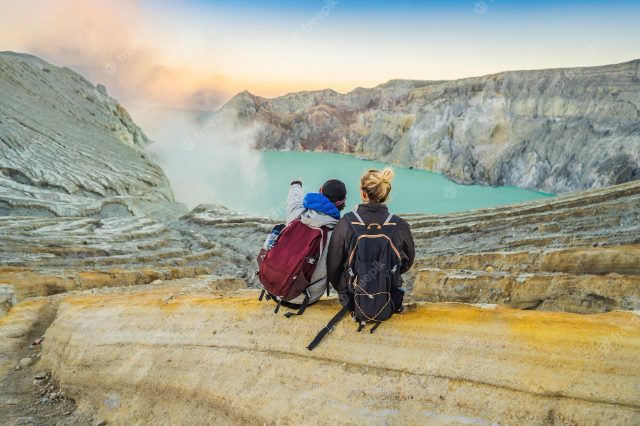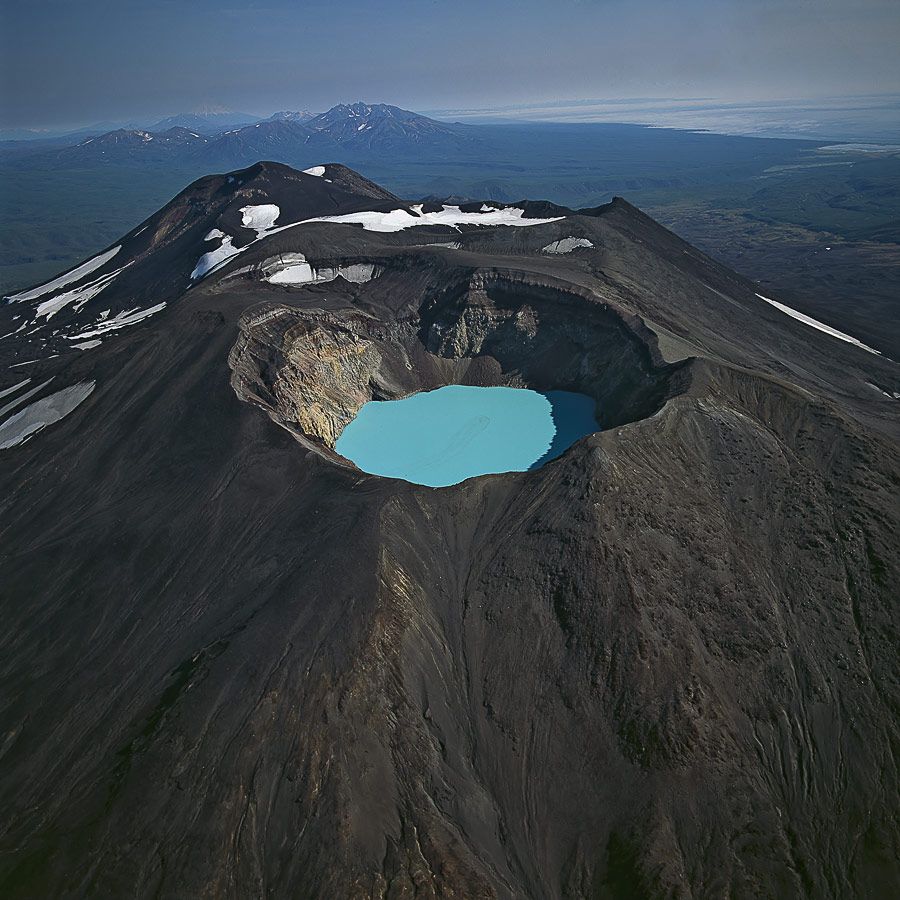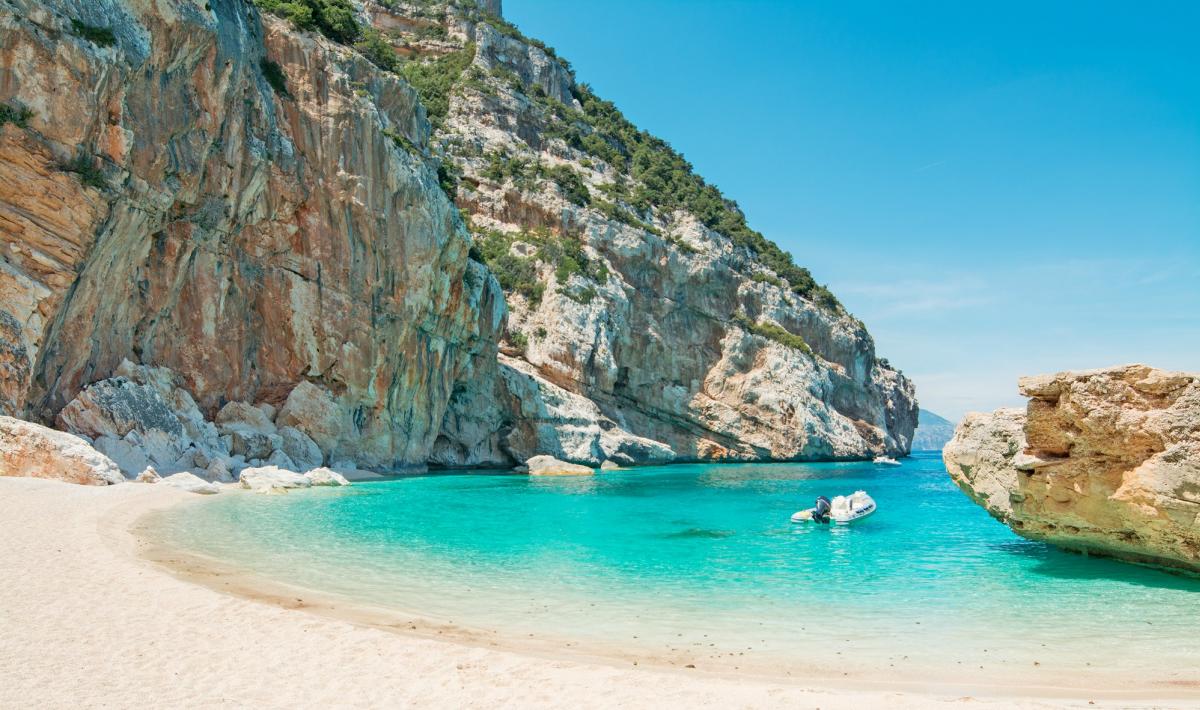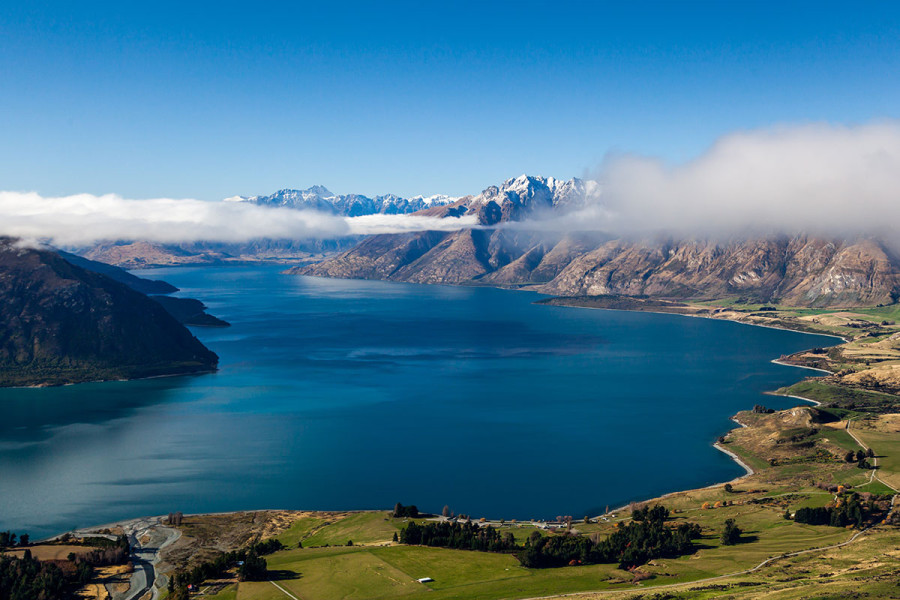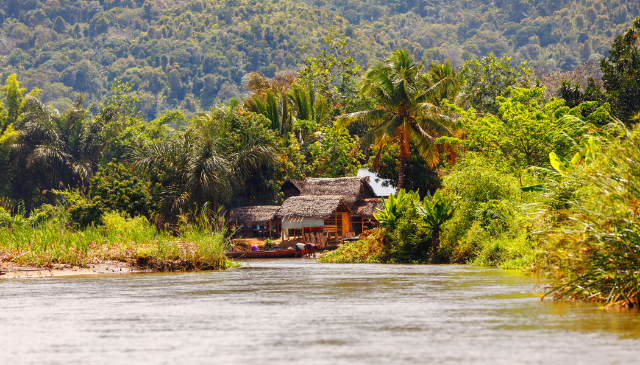Mount Erebus is nothing short of an enigmatic marvel, perched on the edge of the world in Antarctica. As the southernmost active volcano on Earth, it defies the frozen tranquility of its surroundings. Imagine a 1,700-degree Fahrenheit lava lake, set in an area where temperatures outside can plummet to lethal lows. It’s like the Earth revealing its internal paradox in the most dramatic of fashions.
What makes Erebus even more intriguing is that it’s one of only five lava lakes in existence around the globe. It serves as a mesmerizing yet perilous window into the fiery depths of our planet, a pool of molten rock churning ceaselessly. But Erebus isn’t just a fiery spectacle; it’s also a scientific goldmine.
The high temperatures and peculiar geological conditions here have triggered curiosity among volcanologists and geologists, who often brave severe conditions to collect samples and data.
And it’s not all just about boiling lava. Take a step back from the crater’s rim, and you’ll encounter another intriguing feature—ice caves. These aren’t just any ice caves; they are carved out by volcanic gases and maintain a consistent temperature of 32 degrees Fahrenheit. Imagine the contrast—a freezing haven sculpted by heat. Scientists speculate that these stable microenvironments could be havens for extremophiles, mysterious microorganisms that thrive in extreme conditions.
Now, let’s talk about the “fumaroles,” gigantic 60-foot ice chimneys formed from volcanic gases. As these gases heat their way through the ice caves, they escape and freeze almost instantly in the cold Antarctic air, creating these majestic structures. But don’t be fooled by their beauty; these chimneys are spewing out deadly gases. It’s as if the Earth itself is breathing, albeit with a breath that could be lethal to most life forms.
So, not only does Mount Erebus challenge our understanding of how life could survive at the extremes but it also poses questions about the Earth’s own geological history. How did such a volatile force come to exist in a land defined by its frozen stillness? It’s a living testament to the complexity and unpredictability of our planet, showcasing a surreal blend of fire and ice, life and lethality.
Visiting Mount Erebus isn’t for the faint of heart; it requires meticulous planning and adherence to strict safety protocols. Yet, for those who venture to this remote extremity, the rewards are both visually stunning and intellectually enriching. Whether you’re a scientist eager to study its anomalies or an adventurer set on exploring Earth’s final frontiers, Mount Erebus promises an unparalleled experience.

